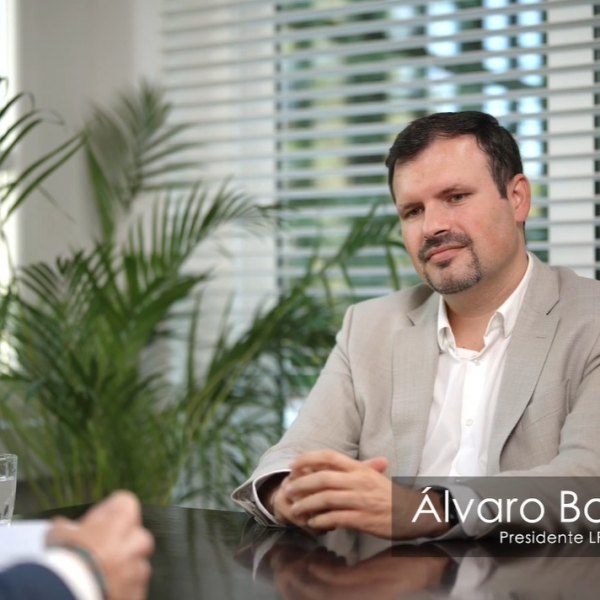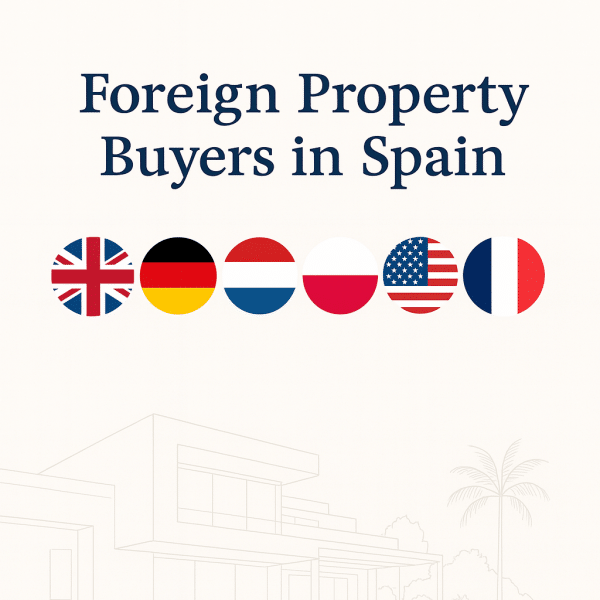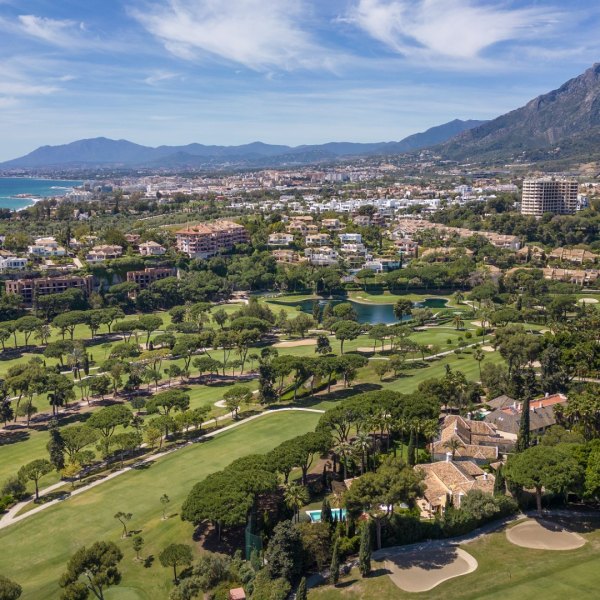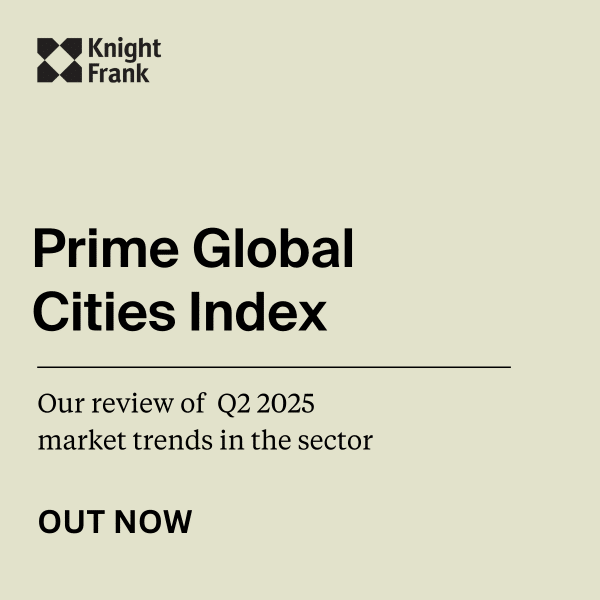Marbella design trends

While we’re all familiar with such broad classifications as ‘modern’, ‘rustic’ or even ‘Japanese’ decor styles, defining the style of a place like Marbella can be more difficult.
Essentially Marbella’s style is an amalgam of ancient, modern, local and indeed international influences, and in this it is of course no different from other parts of the world. In an area defined by a benevolent climate the prevailing style is above all shaped by the enjoyment of a lifestyle that brings the outdoors in and makes outdoor areas as stylish and comfortable as possible.
Hispano-Moorish
With this as the overriding principle, the Marbella style has evolved from a great many cultural sources. Beginning with the local Hispano-Moorish styles of Andalucía, Marbella has a rich heritage to draw from. Itself influenced by Roman principles of masonry, proportion and layout, as seen by the classic central courtyard with fountain that is such a feature of Marbella villas, Arab architecture has also contributed the soft-edged plasterwork that typifies especially apartments and townhouses in the region.
Rustic
Also well represented are the rustic styles of the interior. The so-called finca style traditionally features low-rise country properties characterised by rough plaster, typical Mediterranean terracotta roof tiles, ornate ironwork and interiors in which solid wood and handmade tiles add a touch of rural gravitas.
Modernist
As Marbella became a jet-set destination in the 1960s it started to attract avant-garde architects, many of whose designs have become timeless features of the local landscape. Specialising in a softly rounded modern geometry – often in white plaster or concrete – that suits the Mediterranean vernacular well, their works remind us of the energy and belief in the future that characterised their era. They continue to be a source of inspiration for many of today’s ‘modern’ architects.
Colonial
By the 1990s the demand for higher build qualities resulted in more sophisticated homes, designed more for luxurious year-round living than just a summer season. The typically Mediterranean and Hispano-Moorish styles began to evolve, giving rise to increasingly luxurious and extravagant villas and penthouses endowed with all manner of luxuries such as saunas, spas, gyms, private cinemas, multi-car garages, designer kitchens and sumptuous marble bathrooms.
Gradually, white was replaced with mustard yellow or khaki tones, and a ‘Marbella style’ typical of the times evolved, still featuring traditional elements such as rustic ‘Ronda’ doors, terracotta tiling and central patios, but now also sporting modern comforts. Inside, the dominant tendency was towards colonial styles, with Asian antiques and furniture sharing space with African and European pieces in an ensemble that suited Marbella’s climate and lifestyle very well.
Computer Aided Design
In architectural terms it is possible to speak of the watershed created by the ubiquitous AutoCAD drafting system. Since its launch in the early 1980s this humble (though extremely powerful) computer software application has come to dominate architecture, changing the way designs are produced – and the designs produced. Although AutoCAD is a highly versatile application that has opened new doors to the world of design, it cannot be denied that it has had a profound impact on architectural styling across the world – producing the jagged, rectangular lines favoured by this computer-generated form of design.
Modern architecture
As systems like AutoCAD become more sophisticated and adaptable, however, the styles they allow/encourage are already showing themselves to be more fluid and inventive again, sparking hopes of a revival in true modern, perhaps even avant-garde architecture. While some of the naïve enthusiasm of the 1960s may have been lost in the 21st century, the emphasis on technology and the challenge to meet eco- friendly goals is creating a new kind of architecture, such as that of prominent American architect Daniel Libeskind, whose marvels of modern styling concepts and materials represent the latest evolution in Marbella.
As more and more buyers seem to want modern and even very avant-garde homes, the look and shape of villas in the area is once again becoming increasingly individualistic and bespoke. While not all attempts at modern architecture can be called a success, the movement back towards sleek white homes with large window frontage and irregular forms is creating exteriors that finally match the cool designer kitchens, bathrooms and living spaces of the interior realm.
Diana Morales, 15 Mar 2011 - News
Related Articles

Building Trust in Marbella’s Property Market | LPA Insights
20 min. read · Pia Arrieta

The impact of foreign property buyers in Spain
6 min. read · Pia Arrieta

Top emerging areas in Marbella
5 min. read · Pia Arrieta

Knight Frank: Prime Global Cities Index, Q2 2025
2 min. read · Pia Arrieta